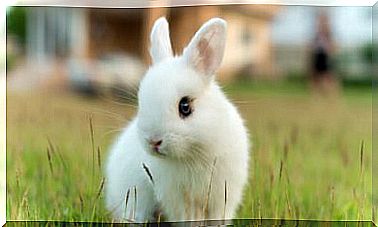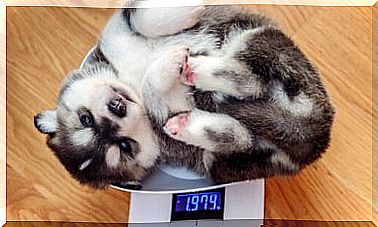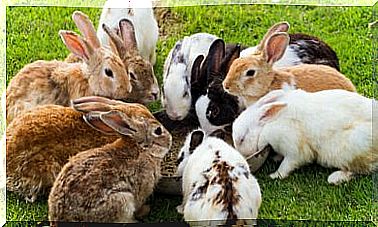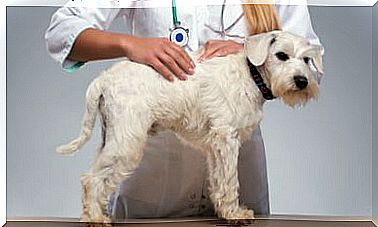Feathers Detect Disease
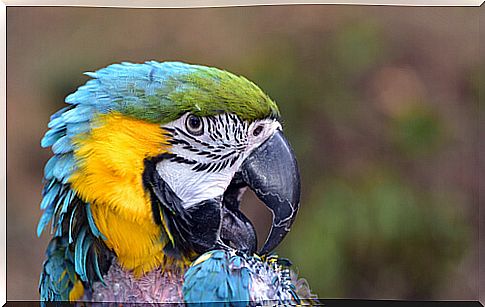
Either because of its softness, its striking colors or because of the function they fulfill. Bird feathers have always been an object of curiosity for people. But feathers also detect diseases in this group of animals.
First of all, it is important to know what function they fulfill in the bird’s body.
What are feathers?
Feathers are the element that most notably differentiates birds from other animals. They are configured by a structure that arises from the skin. The origin has as its predecessor the scales of reptiles. This hypothesis arises from observing its similar growth and keratin composition.
Feather functions
Feathers initially emerged to control body temperature. This has not changed until today. However, its functions have been increasing. Among the most important we have:
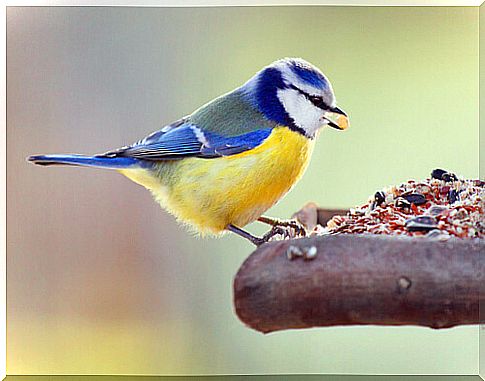
- Camouflage : it is an important function of feathers in birds. It allows them to adapt to the environment and prevent being eaten by other animals. Camouflage also serves to attract potential prey.
- Reproduction. in some types of birds they serve as a courtship element for mating.
- Water transport : certain birds wet the feathers of their chests to carry water to their nests.
- They muffle the sound : so they can hunt more stealthily. This occurs with birds that hunt at night.
- Feel : Although the feathers themselves are devoid of nerves, they give a stimulus to the nervous area of the skin that surrounds them.
- Float : birds, such as ducks, for example, can float by making use of the air trapped between their feathers.
- Protection against inclement weather : keratin, the substance from which feathers are made, is able to resist water and wear caused by the wind or the sun. The feathers are also an insulator against the cold when the birds get wet.
- Flying : due to their firmness and rigidity, they allow birds to fly.
Do feathers detect disease?
A patient and systematic observation will make it possible to notice the changes in the plumage of a bird. They are usually generated due to a genetic, pathological or stress disorder.
Changes in the color, firmness and gloss of the feathers are indications that something is wrong with the bird. This also applies to the beak and eyes.
There are several anomalous facts that can be detected in a bird by observing the changes in its plumage. Among the best known we can mention:
False mute
Normally a bird changes its plumage between two and up to three times a year. However, when the temperature is higher than usual, the birds renew their plumage in an unstable way. In these cases it is recommended to transport the bird to a cooler place.
Sting
They are the self-harm that the bird itself infringes. It is due to the existence of parasites or stress. It is very unpleasant for birds that suffer from it. It is recommended to do an external deworming or visit the vet.
Chrysanthemum disease
Feather growth stops abruptly. It is a congenital phenomenon.
Follicular cyst
Although it cannot be cured, it can be treated with surgery. A follicular cyst starts when the feathers, instead of growing out of the skin, grow inwards.
Polyomavirus
This disease is recognized by the appearance of small red dots on the wings. It is normally suffered by parakeets. It generates the absence of hunger and depression. If the bird is young, it is likely to be fatal.
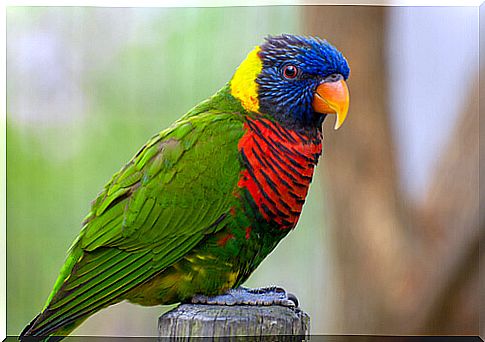
Pododermatitis
It is an aggressive disease that causes the bird’s skin to shed. Bacteria are the main causes of this dangerous disease. If not detected and treated in time, the infected bird dies.
It can then be concluded that feathers detect diseases, you just need to be a good observer.
General recommendations
It is good to remember that birds are very sensitive animals and can become stressed and suffer health complications.
A poor diet can also create disorders in the way and the way feathers grow in a bird.
It is important to keep a constant watch on the appearance of the birds. Feathers detect diseases and this is the best tool for maintaining good health. However, it should be taken into account that you have to go to the specialist. The veterinarian is the person trained to more accurately detect any abnormalities and administer the appropriate treatment.
